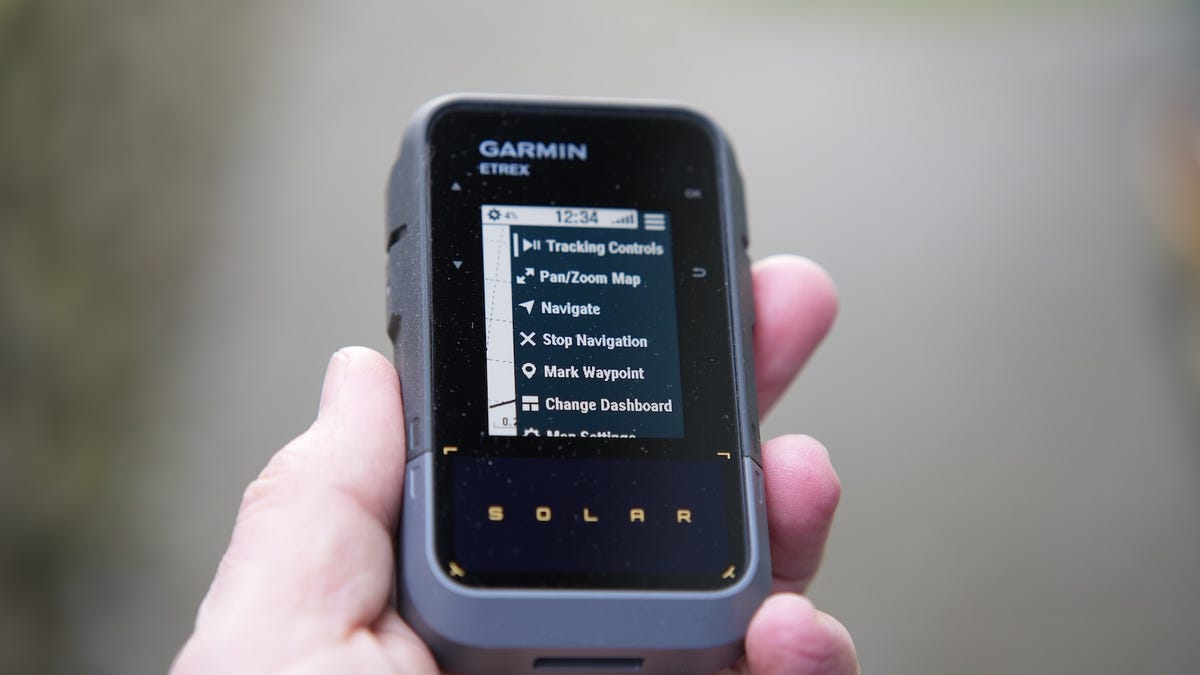This Week in Security: No More CVEs, 4chan, and Recall Returns
The sky is falling. Or more specifically, it was about to fall, according to the security community this week. The MITRE Corporation came within a hair’s breadth of running out …read more


The sky is falling. Or more specifically, it was about to fall, according to the security community this week. The MITRE Corporation came within a hair’s breadth of running out of its contract to maintain the CVE database. And admittedly, it would be a bad thing if we suddenly lost updates to the central CVE database. What’s particularly interesting is how we knew about this possibility at all. An April 15 letter sent to the CVE board warned that the specific contract that funds MITRE’s CVE and CWE work was due to expire on the 16th. This was not an official release, and it’s not clear exactly how this document was leaked.
Many people made political hay out of the apparent imminent carnage. And while there’s always an element of political maneuvering when it comes to contract renewal, it’s worth noting that it’s not unheard of for MITRE’s CVE funding to go down to the wire like this. We don’t know how many times we’ve been in this position in years past. Regardless, MITRE has spun out another non-profit, The CVE Foundation, specifically to see to the continuation of the CVE database. And at the last possible moment, CISA has announced that it has invoked an option in the existing contract, funding MITRE’s CVE work for another 11 months.
Android Automatic Reboots
Mobile devices are in their most secure state right after boot, before the user password is entered to unlock the device for the first time. Tools like Cellebrite will often work once a device has been unlocked once, but just can’t exploit a device in the first booted state. This is why Google is rolling out a feature, where Android devices that haven’t been unlocked for three days will automatically reboot.
Once a phone is unlocked, the encryption keys are stored in memory, and it only takes a lock screen bypass to have full access to the device. But before the initial unlock, the device is still encrypted, and the keys are safely stored in the hardware security module. It’s interesting that this new feature isn’t delivered as an Android OS update, but as part of the Google Play Services — the closed source libraries that run on official Android phones.
4chan
4chan has been hacked. It turns out, running ancient PHP code and out-of-date libraries on a controversial site is not a great idea. A likely exploit chain has been described, though this should be considered very unofficial at this point: Some 4chan boards allow PDF uploads, but the server didn’t properly vet those files. A PostScript file can be uploaded instead of a PDF, and an old version of Ghostscript processes it. The malicious PostScript file triggers arbitrary code execution in Ghostscript, and a SUID binary is used to elevate privileges to root.
PHP source code of the site has been leaked, and the site is still down as of the time of writing. It’s unclear how long restoration will take. Part of the fallout from this attack is the capture and release of internal discussions, pictures of the administrative tools, and even email addresses from the site’s administration.
Recall is Back
Microsoft is back at it, working to release Recall in a future Windows 11 update. You may remember our coverage of this, castigating the security failings, and pointing out that Recall managed to come across as creepy. Microsoft wisely pulled the project before rolling it out as a full release.
If you’re not familiar with the Recall concept, it’s the automated screenshotting of your Windows machine every few seconds. The screenshots are then locally indexed with an LLM, allowing for future queries to be run against the data. And once the early reviewers got over the creepy factor, it turns out that’s genuinely useful sometimes.
On top of the security hardening Microsoft has already done, this iteration of Recall is an opt-in service, with an easy pause button to temporarily disable the snapshot captures. This is definitely an improvement. Critics are still sounding the alarm, but for a much narrower problem: Recall’s snapshots will automatically extract information from security focused applications. Think about Signal’s disappearing messages feature. If you send such a message to a desktop user, that has Recall enabled, the message is likely stored in that user’s Recall database.
It seems that Microsoft has done a reasonably good job of cleaning up the Recall feature, particularly by disabling it by default. It seems like the privacy issues could be furthered addressed by giving applications and even web pages a way to opt out of Recall captures, so private messages and data aren’t accidentally captured. As Recall rolls out, do keep in mind the potential extra risks.
16,000 Symlinks
It’s been recently discovered that over 16,000 Fortinet devices are compromised with a trivial backdoor, in the form of a symlink making the root filesystem available inside the web-accessible language folder. This technique is limited to devices that have the SSL VPN enabled. That system exposes a web interface, with multiple translation options. Those translation files live in a world-accessible folder on the web interface, and it makes for the perfect place to hide a backdoor like this one. It’s not a new attack, and Fortinet believes the exploited devices have harbored this backdoor since the 2023-2024 hacking spree.
Vibes
We’re a little skeptical on the whole vibe coding thing. Our own [Tyler August] covered one of the reasons why. LLMs are likely to hallucinate package names, and vibe coders may not check closely, leading to easy typosquatting (LLMsquatting?) attacks. Figure out the likely hallucinated names, register those packages, and profit.
But what about Vibe Detections? OK, we know, letting an LLM look at system logs for potentially malicious behavior isn’t a new idea. But [Claudio Contin] demonstrates just how easy it can be, with the new EDV tool. Formally not for production use, this new gadget makes it easy to take Windows system events, and feed them into Copilot, looking for potentially malicious activity. And while it’s not perfect, it did manage to detect about 40% of the malicious tests that Windows Defender missed. It seems like LLMs are going to stick around, and this might be one of the places they actually make sense.
Bits and Bytes
Apple has pushed updates to their entire line, fixing a pair of 0-day vulnerabilities. The first is a wild vulnerability in CoreAudio, in that playing audio from a malicious audio file can lead to arbitrary code execution. The chaser is the flaw in the Pointer Authentication scheme, that Apple uses to prevent memory-related vulnerabilities. Apple has acknowledged that these flaws were used in the wild, but no further details have been released.
The Gnome desktop has an interesting problem, where the yelp help browser can be tricked into reading the contents of arbitrary filesystem files. Combined with the possibility of browser links automatically opening in yelp, this makes for a much more severe problem than one might initially think.
And for those of us following along with Google Project Zero’s deep dive into the Windows Registry, part six of that series is now available. This installment dives into actual memory structures, as well as letting us in on the history of why the Windows registry is called the hive and uses the 0xBEE0BEE0 signature. It’s bee themed, because one developer hated bees, and another developer thought it would be hilarious.


































































![Apple Watch Series 10 Back On Sale for $299! [Lowest Price Ever]](https://www.iclarified.com/images/news/96657/96657/96657-640.jpg)
![Apple Slips to Fifth in China's Smartphone Market with 9% Decline [Report]](https://www.iclarified.com/images/news/97065/97065/97065-640.jpg)
![EU Postpones Apple App Store Fines Amid Tariff Negotiations [Report]](https://www.iclarified.com/images/news/97068/97068/97068-640.jpg)













![What’s new in Android’s April 2025 Google System Updates [U: 4/18]](https://i0.wp.com/9to5google.com/wp-content/uploads/sites/4/2025/01/google-play-services-3.jpg?resize=1200%2C628&quality=82&strip=all&ssl=1)





























































































_Andreas_Prott_Alamy.jpg?width=1280&auto=webp&quality=80&disable=upscale#)






















































































![[The AI Show Episode 144]: ChatGPT’s New Memory, Shopify CEO’s Leaked “AI First” Memo, Google Cloud Next Releases, o3 and o4-mini Coming Soon & Llama 4’s Rocky Launch](https://www.marketingaiinstitute.com/hubfs/ep%20144%20cover.png)









































































































































































































































